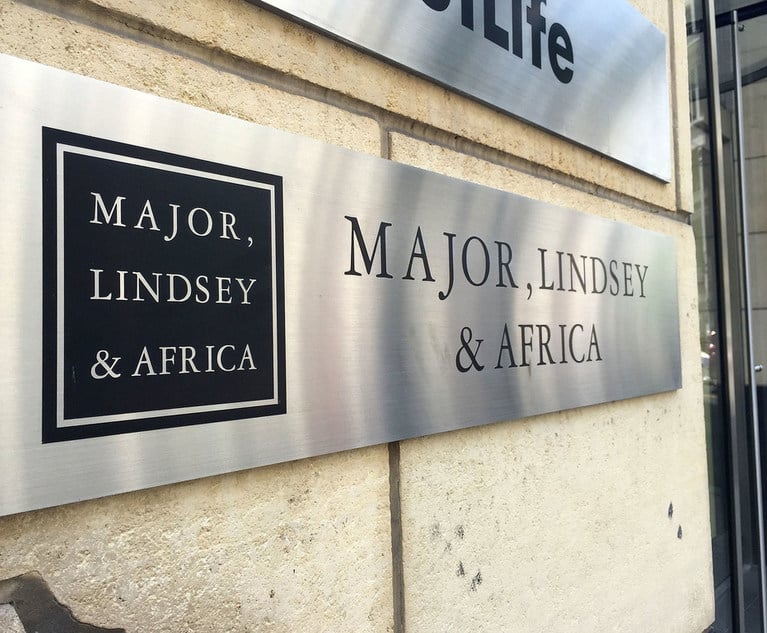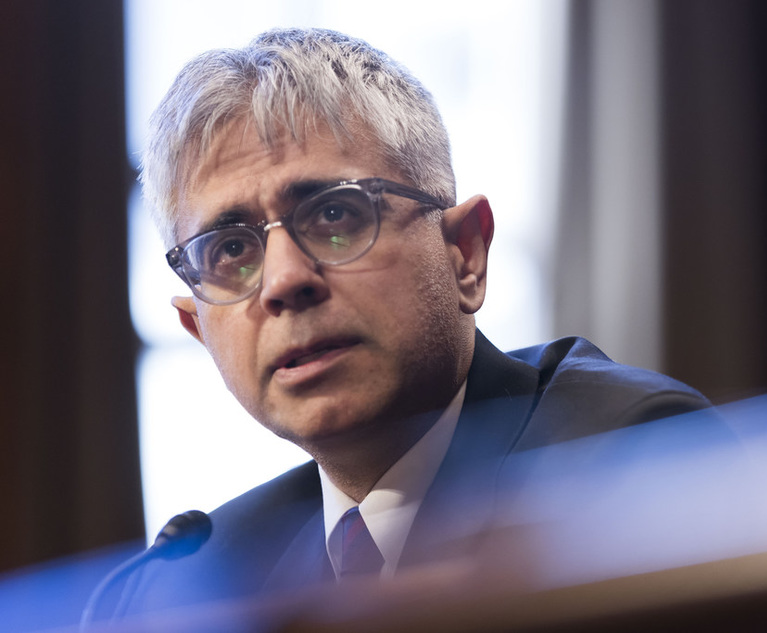In the past few years, some of the country’s most elite law reviews have elected students of color as editors-in-chief, a signal that yearslong diversity efforts might finally be paying off.
Historically speaking, law reviews have struggled to represent students of color and women equally among their editors—jobs that can open doors to prestigious judicial clerkships and Big Law employment. It’s been even harder for underrepresented students to win the coveted editor-in-chief role, as statistically, leadership posts at law reviews have overrepresented white male law students.


 University of Michigan Law School.
University of Michigan Law School.





